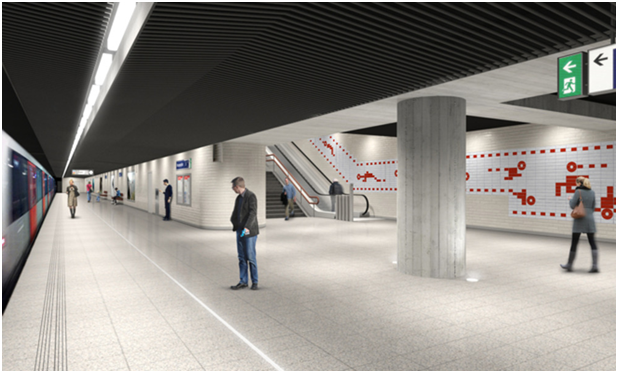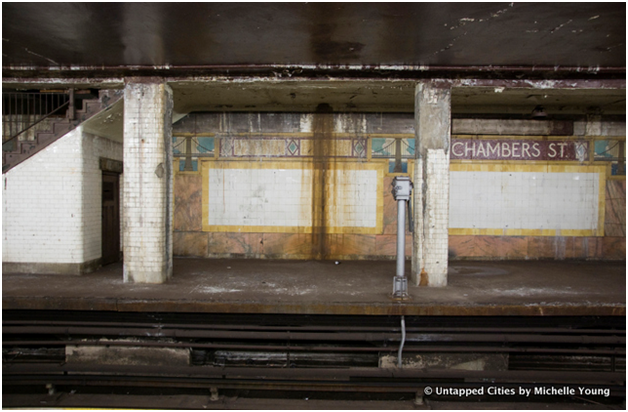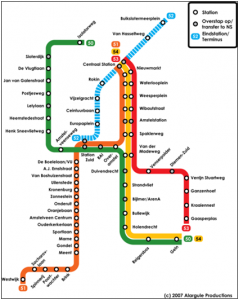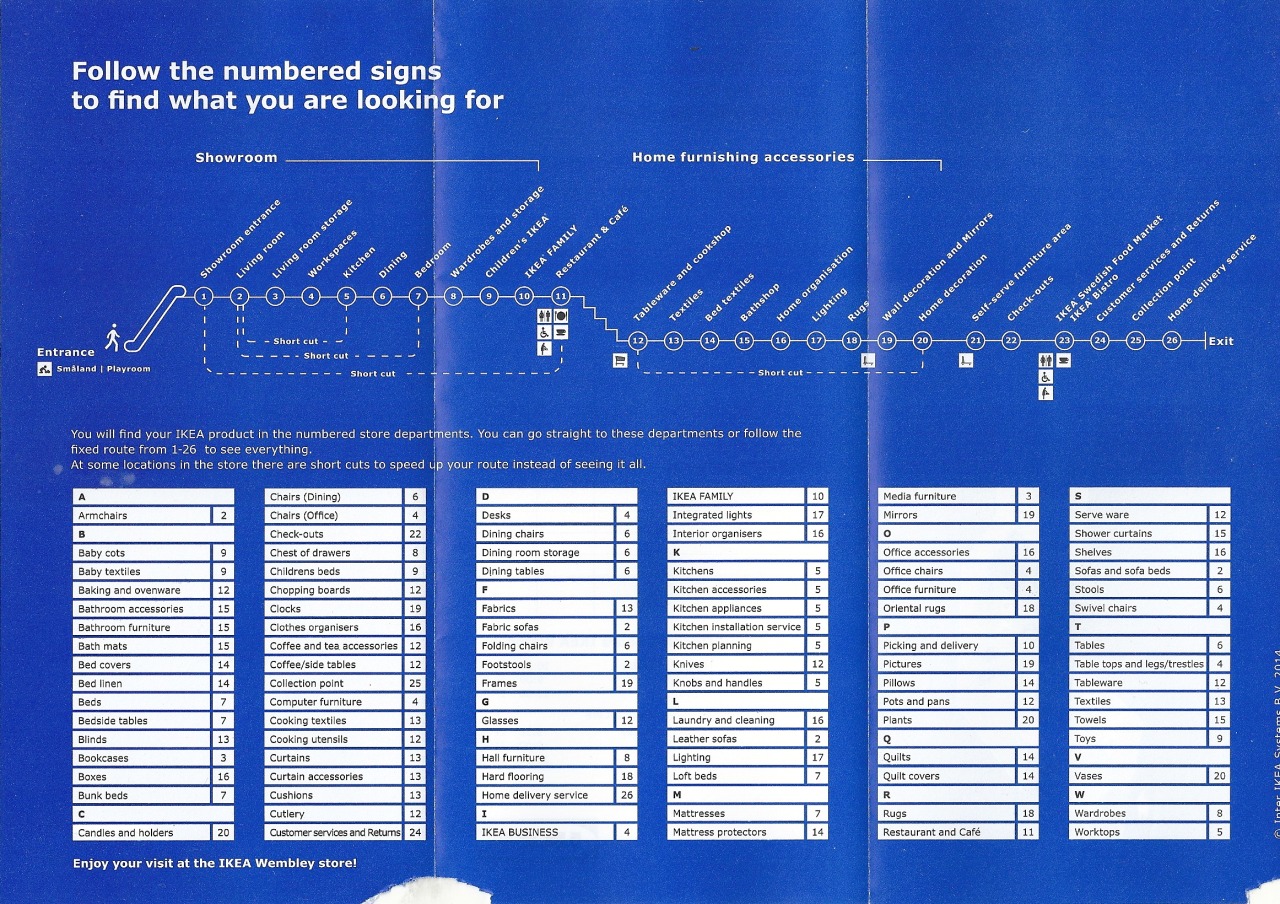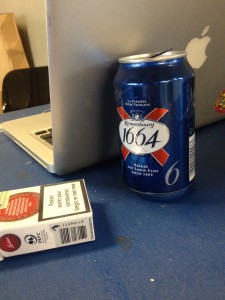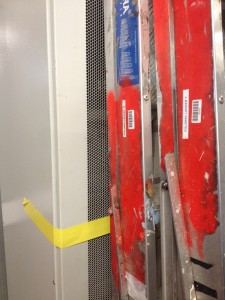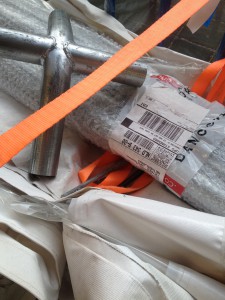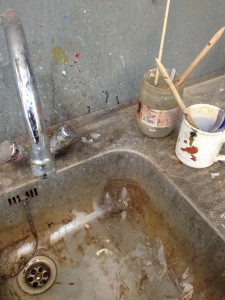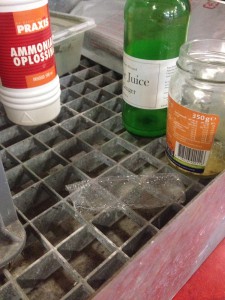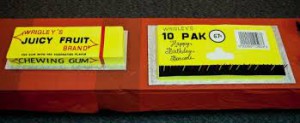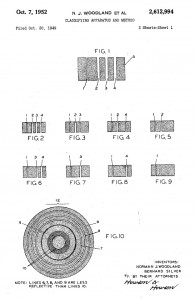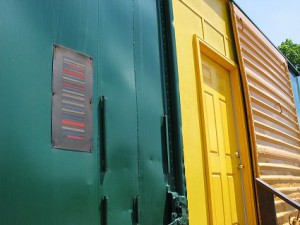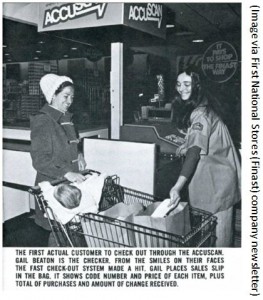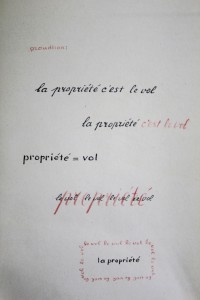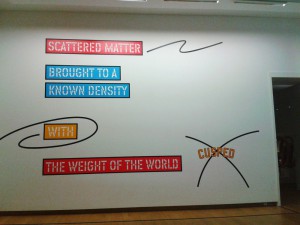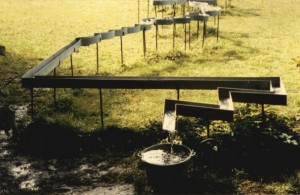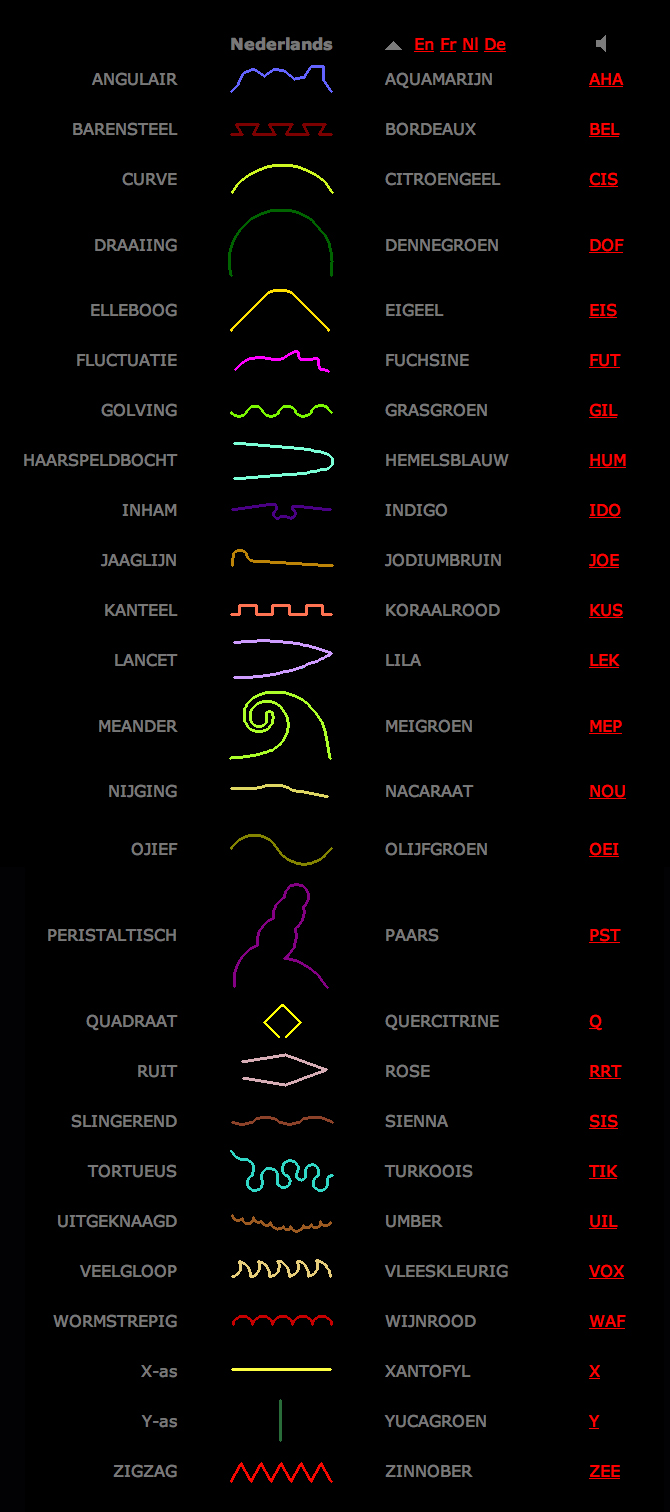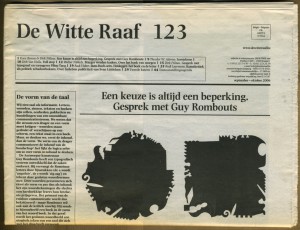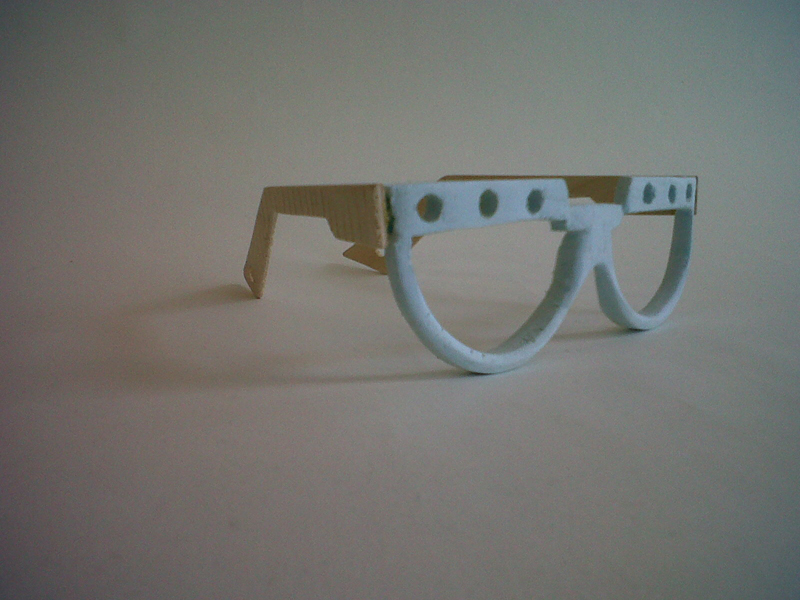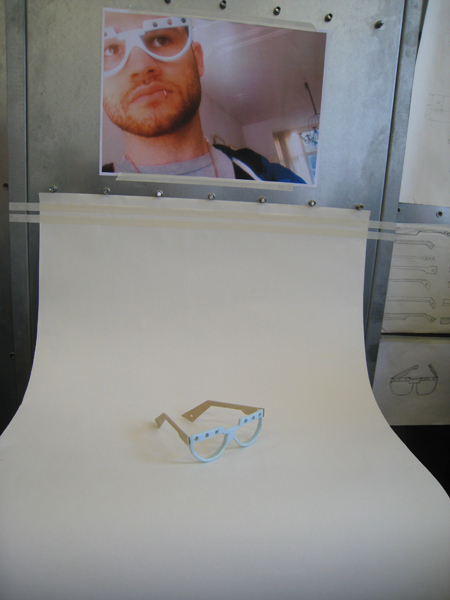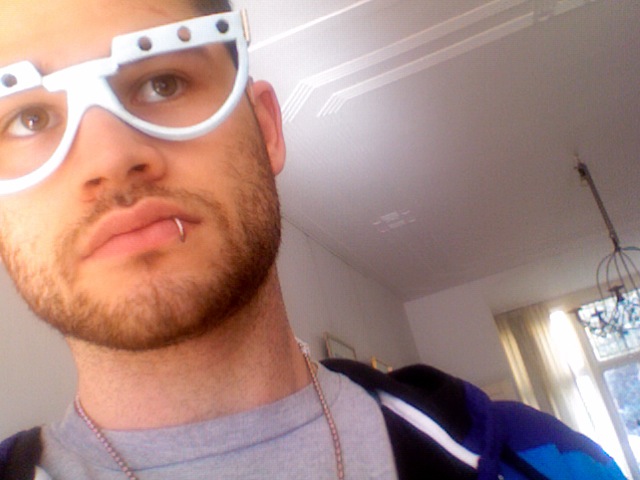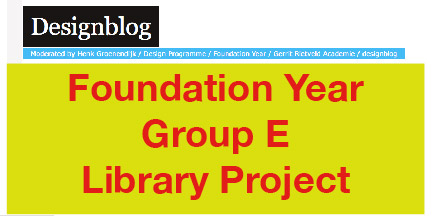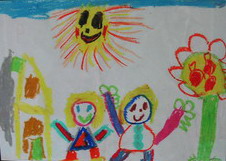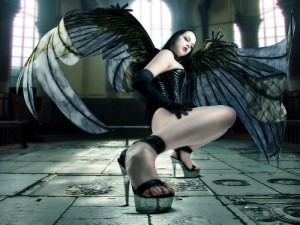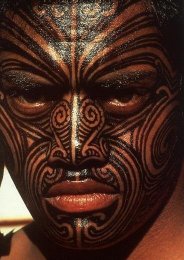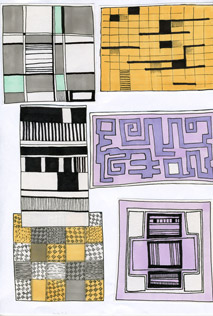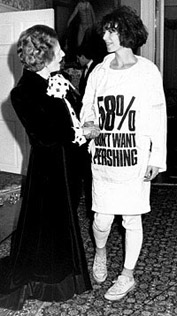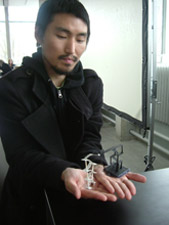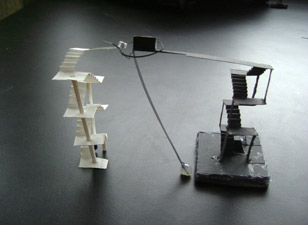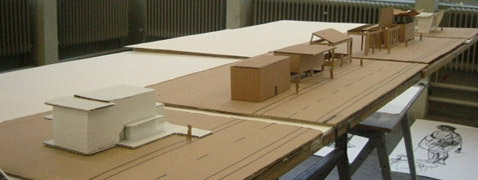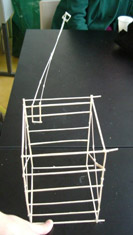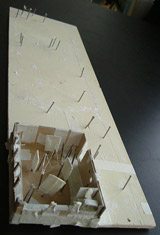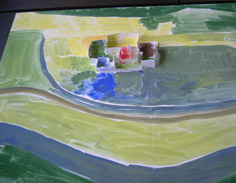Slavoj Zizek argues in his “Perverts guide to the cinema“, that each individual lives in a fantasy, fed by cinema. The role we play in society and the values we place on certain people, objects and situations are constructed by cinema. “If you are looking for what is in reality more real than reality itself, look into the cinematic fiction”(Zizek)
What is cinema actually? 24 frames a second. 24 images that visualize a story. Usually accompanied by sound and dialogue to further visualize the story. So cinema tells us stories. And the stories create fantasies in the viewer.
However, we have not only started living our lives in accordance to fantasy stories since cinema. Story telling has been part of every culture. Through visual or literal means. It may seem like cinema is the most extreme way of story telling, as it can depict scenes in the most realistic way. However, as Zizek argues, cinema does not depict realistic scenes. It plays on the viewers fantasy. An example he gives is that porn depicts sex realistically. Cinema on the other hand, by hiding the obscenity, increases the erotic fantasy of the viewer even more. In cinema, the viewer is aroused through mere suggestions and everything around sex, not the act itself.
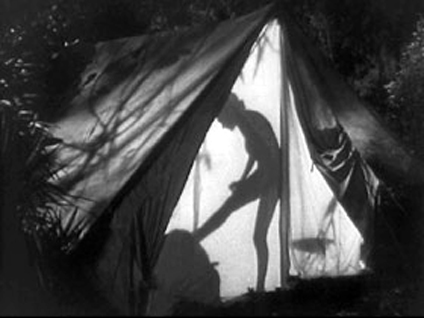
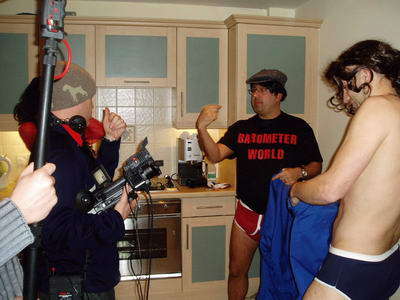
Jane changes clothes in silhouette,” from Tarzan and His Mate (1934) / “Percy changes his clothes” for The Dirty Weekender
The reason I bring this in, is that I want to investigate visual and literal symbols that similarly arouse the viewers fantasy through implying a story or some sort of meaning. Cinema is actually just a more complex alignment of symbols and construction of literary narrative. Therefore, Zizeks claim should also apply to more basic symbols and also language itself.
These images belong to a set of symbols used by gypsies and hobos. They would draw them on houses, street crossings etc. to warn and help each other.

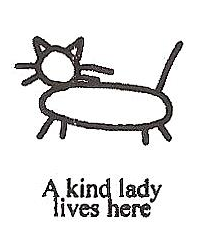
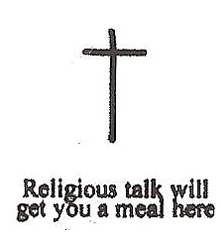
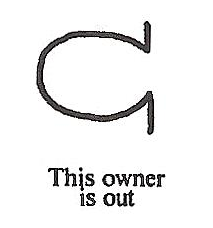
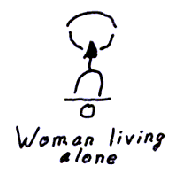
What I found most intriguing is the hidden implications these symbols hold. The symbol meaning “woman living alone” holds a very dark implication. Even the shape of the symbol could suggest something sexual. Or the vulnerability of the woman, as this house can easily be entered.
A simple symbol like this can already visualize stories about rape, robbery or abuse.
This is what struck me when I came across these symbols, flipping through a book in one of our design workshops. However it is not only an insight into the brutal reality of hobo life. It also relates to far more recent developments. The recently censored site Rottenneighbor.com was a website launched in 2007, by Brant Walker. It allowed users to anonymously mark the houses of neighbours on google maps.
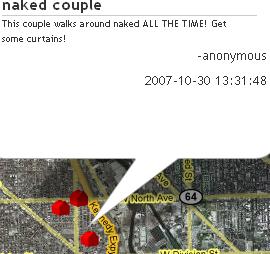
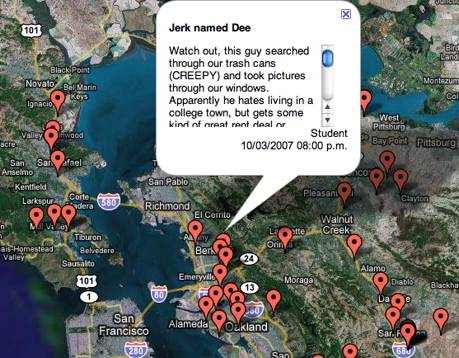
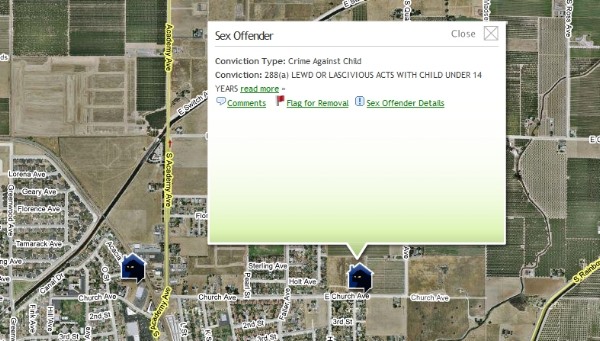
The concept of marking these houses has similarities to that of the hobo symbols.

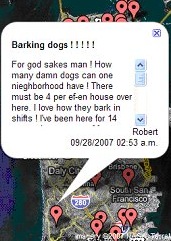
Hobo sign for barking dog
The intensions and therefore the implications of these marks are different. The hobo sign is meant as a warning for when intruding into the property. The rottenneighbor entry seems to be more a way of letting out anger, a way of revenge.
In their function they are very similar though. The purpose of Rottenneighbor.com is to serve as advice for people choosing a new neighborhood to live in. This is very similar to the function of the hobo signs, although hobos would not look to buy or rent property, their signs also advise them about the safety of staying in certain neighborhoods.
On Rottenneighbor.com some entries also held similar implications to the hobo sign “woman living alone”. There have been entries posted such as “Hier wohnt eine Schlampe, leicht zu haben und lässt die Tür immer offen.” a German post implying that the woman living in this apartment is easy to have and leaves the door unlocked. This post is an example for not going with the actual function of the website, of recommending neighborhoods. Instead it informs that there is something to get in this apartment. This makes its function even more similar to that of the hobo symbols.
This idea for an iphone application also plays on the idea of marking places to allow some sort of interaction with them. So the user would be able to search for, say, “a ‘safe camp’ or a ‘Kindhearted Lady’ (a picture of a cat) and then have the iPhone show him the location.”

However it is not only visual symbols, that hold implications. Also language unconsciously creates and upholds values and stories.
To become aware of this in English language, it can be interesting to look at the language of the Rastafari. A culture that has been very conscious of their use of words and grammar.
The language spoken by the Rastafari is based on Jamaican English. Its a creole language, which formed when African slaves were brought to Jamaica and had to adapt to the English of the slave masters. In their “reasoning sessions”, language was a big point for discussion and the Rastafari consciously changed it to rid it of any unwanted implications and meanings. “If you Really want to know how Rasta’s think, “Listen to them Talk” (Nicholas, Tracy. Rastafari A Way of Life pg.37)
There are three main purposes for which these changes in the language have been made
1) To be aware of the subjectivity of each individual and the unity of man
“I” replaces “me”
“Me” is felt to turn the person into an object whereas “I” emphasises the subjectivity of an individual.
“I and I” replaces the pronouns “him” she” “we” “you” and “me”
This change of grammar refuses the “objective case”, that which is acted upon.
It aims at seeing the subjective-self in each individual.
And showing the unity of man.
Inity replaces unity
Demonstrates a general pattern of replacing “you” and similar sounds with “I”. U is consideres negative as it sounds like “you”
Itinually replaces continually
It has the everlasting/everliving sense of I existing continuously.
2) To not hide true meaning, implications of words
Underpression replaces Opression.
Polytricks replaces Politics
Politicians as tricksters
Outvention replaces Invention
Mechanical devices are seen as outdated, and because it is the inner experience of being a Rastafarian that is invention.
3) To give words the positive implications they should have
Rising together replaces Falling in love
Everliving replaces Everlasting
Overstanding replaces Understanding
Referring to enlightenment that raises one’s consciousness.
Know replaces Believe
Rastas do not believe Haile Selassie is God and that they the Rastas are the chosen people. They claim to know these things, and would never admit to believing them.
Reasoning replaces Conversation
Any lengthy talk should not consist of conversing back and forth, but reasoning. Putting minds together to discuss anything from politics to sports or everyday life.
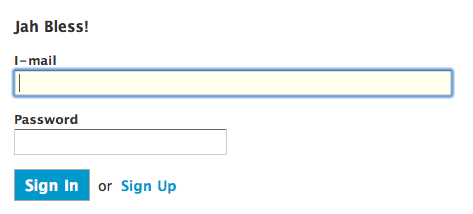
Sign In or Sign Up?
We should pay more attention to the values that are created around us. The art of story telling is constantly affecting our fantasy. Not only in cinema. Im not saying that language or images should be changed to give them more positive implications. But like the Rastafari, we could become more aware of their importance.
